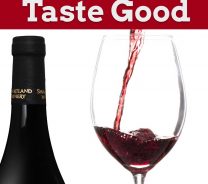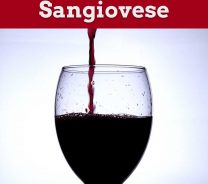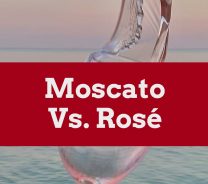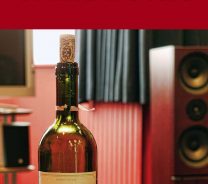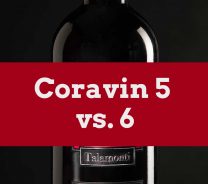Is Moscato Sweet or Dry? Your Taste Buds Are Begging For This Answer
Last Updated on August 1st, 2023
Reader Disclosure Disclosure: We may earn commissions for purchases made through links on our site. Learn more on our about us page.If you are a fan of white wine, you’ve heard of Moscato. You’ll also know that Moscato is a sweet wine. This wine came from Italy and originated from the Muscat Blanc grapes. While some regions can produce drier Moscato wines, it’s usually sweet.
Today we’ll explore both sweet and dry Moscato wines so that you can make an informed decision on which one to enjoy. Drier Moscato is out there, and we’ll tell you what they are, so if you want something less sweet but with similar taste, you’ll get to enjoy that.
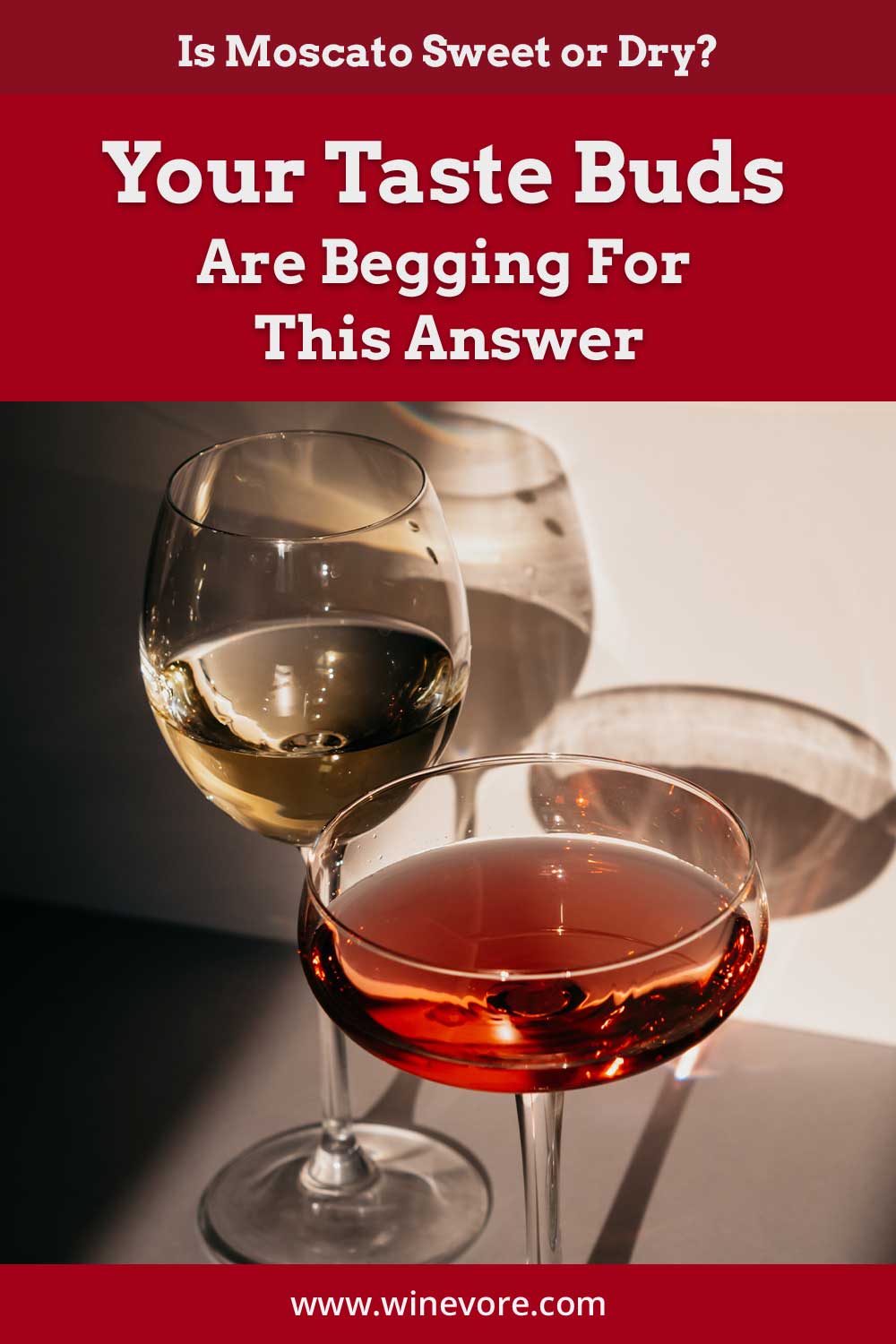
Have a Preference for Sweet or Dry Wine and Want to Try Moscato?
Whether you have a sweet tooth or prefer something acidic, there’s a wine for everyone. Moscato is the wine to have if you love to have something sweet.
However, if you prefer drier Moscato, you’ll have to be on the lookout for the type of Moscato wine that’s made. Here are examples you can look for if you want something less sweet than the traditional Moscato:
Still Muscat
Still Muscat is Moscato that has been fermented to be dry. It’s typically made from regions such as Northern Italy, Germany, the United States, and even Austria.
This type of wine, while aromatic, is drier than the typical Moscato and has a higher alcohol percentage. Also, this is the perfect Moscato if you’re looking to keep your carb/sugar intake down while enjoying some sweet flavors of this wine.
Is Moscato sweeter or drier than other white wines?
Compared to other white wines, it is one of the sweetest wines out there. Therefore, it can be considered a dessert wine because of its sweetness. Even the Still Muscat, which is the drier version of Moscato, is still sweeter than most white wines.
For this reason, they typically have a lower alcohol content because of the residual sugars in the wine. You may have heard of rosé wine as sweet, but Moscato still beats them by being one of the sweetest wines.
How can you tell if a Moscato is as sweet or dry as I like before I buy it?
You can tell what kind of Moscato you’re buying before you buy it by looking at the bottle. I will tell you what to look for on each version of the Moscato:
Sweet
- Low alcohol content
- Made in Northern Italy
- The description on the bottle will usually tell you what flavors it’s made from
Dry
- Higher alcohol content
- The bottle will usually tell you what region it’s from.
Are there sweet versions of Moscato?
The answer is simply yes. Moscato is naturally sweet. The grapes they come from are one of the oldest wine grapes in the world! There are different styles of the sweet Moscato, which I will discuss below:
Pink Moscato
That’s right. Moscato doesn’t have to be white to be considered Moscato. It’s still made with Muscat grapes, but winemakers also add a little Merlot to give it the pink tinge you see in this wine. Sometimes it can be infused with red fruit, such as strawberries, to give it that unique taste.
Red Moscato
There’s a rare grape called the Black Muscat. This means that a red version of Moscato is made. Several producers in the US make this wine, so if you’re looking for a red one, you may be in luck.
Dessert Wines
These are the sweetest wine that you might get. You typically have this version with your dessert. Producers all over the world make this version.
There are some that are so sweet that you can use them as a dessert garnish because it compliments the dessert. These wines are for people who have a serious sweet tooth and can appreciate this version of Moscato.
Final Thoughts
Moscato can be enjoyed, whether it’s sweet or dry. It’ll take some research to find the one that would suit your palette. Next time you go into the store, look at the bottle closely to see if it’s sweet or dry.
Bottles usually tell you what ingredients are in the Moscato to make an informed choice in the future.

